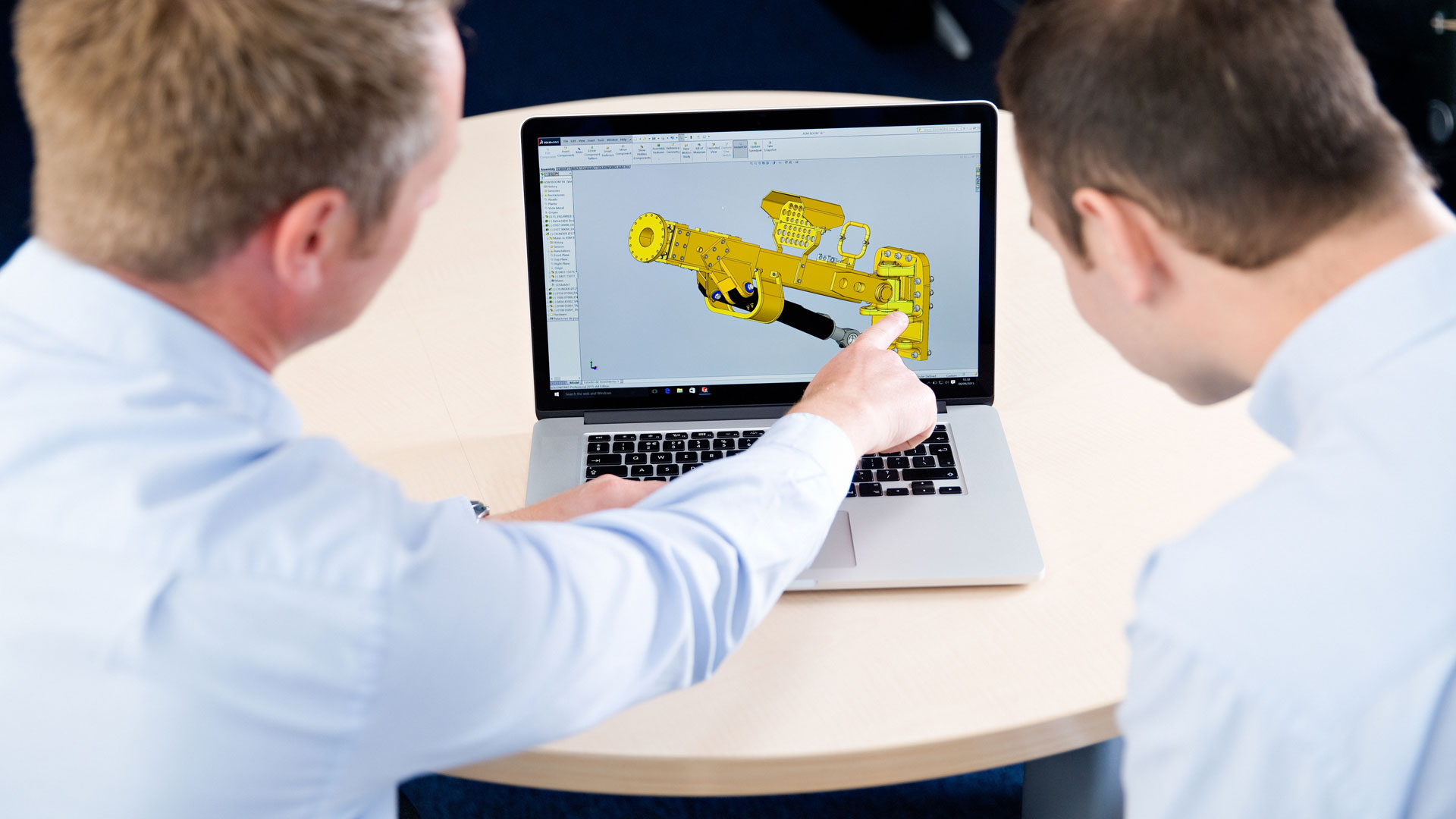Everyone is talking about drones. Privacy advocates are concerned that drones will become an extension of “Big Brother.” Governments are reviewing drone legislation. Amazon, most famously, is looking into drones for deliveries. Others, including Dassault Systèmes, are using tools, such as SOLIDWORKS Mechanical Conceptual, to create drones capable of dropping aid in disaster zones. There’s no question that drones will play a role in humanity’s future, but we’re only beginning their chapter in the story.
Our focus on the skies is evidence that we’re only in the early stages of how drones and robotics will contribute to the world. When someone says, “drone” you instantly think, “flying.” However, there are interesting developments in undersea robotics and unmanned craft that are potentially more influential than their cousins in the sky. Why? We’re comfortable with the sky. Flying is familiar compared to the ocean where countless mysteries and breakthroughs are waiting to be discovered.
A Tentacled, Flexible Breakthrough
Scientists at Italy’s Research Center on Sea Technologies and Marine Robotics are combining the powers of 3D printing, biomimicry and soft robotics to create an underwater breakthrough: the PoseiDrone robotic octopus. Their goal is to completely replicate a cephalopod found in nature, only the PoseiDrone will repair damaged ships, turbines and generators. The robot will be capable of venturing in areas too dangerous for humans to tread – effectively going where no man has gone before. Poseidon would approve.
The undersea drones revealing the ocean’s secrets
To date, humanity has explored approximately 5 percent of the world’s oceans. The Wave Glider ocean drone is looking to help us make up for lost time. Most recently, the Wave Glider compiled data in the heart of Typhoon Rammasun as the storm made its way through the South China Sea. The drone’s creators have analyzed that data for a clearer understanding of how storms form and behave as they move across the ocean. This will help develop better early warning systems to detect and predict movements of future hurricanes. The Wave Glider is also being used to monitor environmental change, discover potential medicines and protect against mines.
Prototype NASA robot will burrow through sheets of alien ice
Of course, humanity won’t be content with searching our own oceans. No, we have a seemingly limitless desire to discover life beyond our home planet and Jupiter’s moon Europa looks promising. The problem: Europa’s surface is covered with a thick outer layer of ice. NASA’s Valkyrie probe was designed to dig through this ice with a 5,000-watt laser, and then release a swarm of smaller drones that will search the moon’s oceans for alien life and maybe even some sunken treasure.
Drones get their start in the classroom
Where do these ground breaking, earth- and space-changing robotics projects start? Not in a lab or over cocktails. These innovations begin in the classroom. That’s why SOLIDWORKS is proud to be a FIRST Robotics Competition Crown Sponsor. FIRST Robotics was created to “transform our culture by creating a world where science and technology are celebrated and where young people dream of becoming science and technology leaders.” Each year, teams of high school students design robots from a common kit of parts provided by FIRST and compete in qualifying events to reach a national championship in the United States.
In the 2013-2014 season alone, FIRST contributed over $20 million in college scholarships, engaged with 350,000+ students and created 28,800 robots. Whether your preference is for drones in the land, sea or air – or even if you’re in fear of a robot uprising, you should support educational programs that inspire the engineers of tomorrow. After all, we’ll need these kids to ensure that robots remain friends, not foe.


















